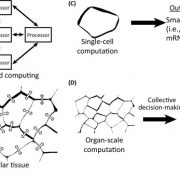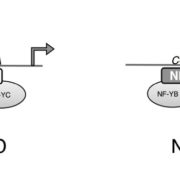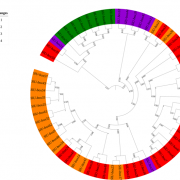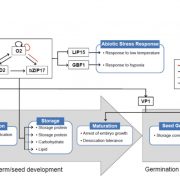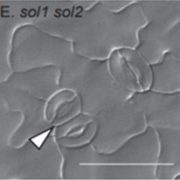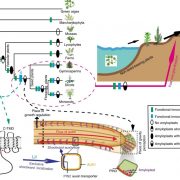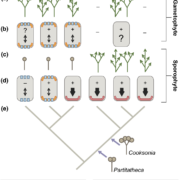Chromatin accessibility changes between Arabidopsis stem cells and mesophyll cells illuminate cell type-specific
What gives stem cells their plasticity and why are differentiated cells so specialized? Sijacic et al. approach this question by analyzing transcription factor (TF) accessibility to chromatin. Nuclei were isolated from shoot apical meristem (SAM) pluripotent stem cells and fully-differentiated mesophyll cells (using the INTACT technique) to assess chromatin dynamics and transcription factor regulation (ATAC-seq methods). Quantitatively, more regions were accessible in SAM compared to mesophyll nuclei. Of these regions, those in mesophyll nuclei were largely similar to those found in SAM nuclei, but the reverse was not true. The SAM nuclei had more TF binding motifs, likely contributing to stem cell plasticity. The authors further identified TF regulatory networks as well as their downstream components that were unique only to SAM nuclei, highlighting functional differences in each cell type. The data gained here, as well as the techniques used, will be helpful to unraveling the mechanism behind cell fate specification and the role TFs play. (Summary by Alecia Biel) BioRxiv. 10.1101/213900.


